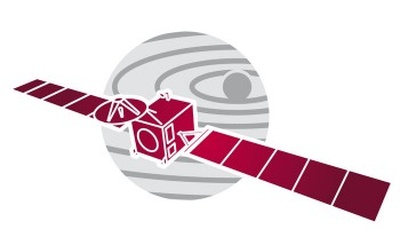Preparing Rosetta to listen for lander
This was expected, however, as the spacecraft was performing pre-planned science observations – involving either a spacecraft slew or off-pointing from the comet nucleus – throughout the two possible Philae-Rosetta daily communication slots.
On Monday 15 June, teams at ESA, DLR and CNES agreed to a new orbiter trajectory that will optimise the opportunities for lander-to-orbiter communication. This includes a change to nadir pointing (that is, pointing directly at the comet nucleus) during the daily communication slots, which will come into effect Wednesday morning, in line with the new trajectory change.
Rosetta's science investigations will also be adjusted to adapt to the new trajectory.
Commands to adjust the trajectory were successfully uploaded Monday evening; further commands will be uplinked on Thursday evening. The spacecraft will perform two manoeuvres, one on Wednesday morning and the second on Saturday morning. The effect of the two 'dog-leg' burns will be to bring the orbiter to a distance of 180 km from the comet and to reproduce the orbiter-comet geometry of the first contact.
This orbit lowering had been planned previously with the objective of flying as low as safely possible, since no star tracker problems have been detected while flying in the terminator plane at 200 km altitude. But now it also has the advantage of improving communication possibilities with Philae.
This morning, 16 June, the spacecraft was at about 224 km and moving out to about 235 km from the comet on its pre-planned trajectory. When Philae’s signal was first received on 13 June the spacecraft-comet separation was 200 km; by 14 June this was 206 km and the signal was weaker.
It is only once the orbiter is on the new trajectory, flying closer to the comet with nadir pointing in the latitudes of the lander that the communication possibilities will be improved.
